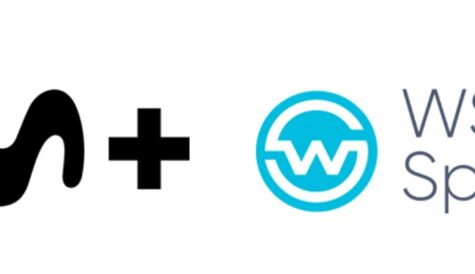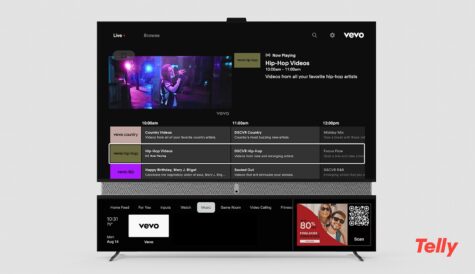Q&A: Charly Kraus, Limelight Networks
 The popularity of online video is growing substantially. Initially, movies and TV shows on demand dominated, but now live online streaming is gaining traction, especially during major sports events like the Olympics and World Cup. While traditional TV broadcasts of these events draw the major share of audience, live streaming is growing in popularity with audiences. Charly Kraus, Senior Product Marketing Manager at Limelight Networks, talks about the challenges and opportunities of live streaming.
The popularity of online video is growing substantially. Initially, movies and TV shows on demand dominated, but now live online streaming is gaining traction, especially during major sports events like the Olympics and World Cup. While traditional TV broadcasts of these events draw the major share of audience, live streaming is growing in popularity with audiences. Charly Kraus, Senior Product Marketing Manager at Limelight Networks, talks about the challenges and opportunities of live streaming.
Why are traditional TV broadcasters supporting live online streaming of major events?
The cost of licences to broadcast sports events is very high, and growing. At the same time, the size of broadcast audiences are not growing very fast, or in some cases shrinking a bit. Live online streaming complements the broadcast, adding to the total viewing audience.
Besides increasing the number of viewers, have broadcasters realized any other business benefits from online streaming?
As additional millions of live streaming viewers join these events, broadcasters are realising that one of the biggest advantages of streaming video over the internet is that it’s considerably easier to collect viewer data. Viewer analytics reveal engagement metrics, critical to ad monetisation, and an even more important element – the ability to do precise ad targeting using audience demographic data
Has the addition of online viewers created challenges in gathering audience data by the traditional measurement methodologies?
Yes it has – and all the TV ratings measurement companies are working on new ways to measure audience size with the fragmentation of how viewers watch on mobile devices, PCs, and accounting for second screen watching.
What other advantages do internet video delivery bring to the broadcast industry?
A key advantage that internet streaming has over TV broadcast is the ability to deliver video streams anywhere in the world. Without the geographical restrictions of traditional broadcasting, video content can be delivered anywhere. A popular use case is making video content available to audiences residing outside their home country.
What is the main challenge facing TV broadcasters as they embrace internet delivery of video?
Delivering the same broadcast quality experience viewers are accustomed to for online audiences – in other words – providing the linear TV experience over the internet.
Anyone who has watched a live event on multiple screens, for example broadcast to TV and live-streamed to a mobile device, notices a significant time lapse between the broadcast and mobile view that can be longer than one minute. Why does this happen and what issues does it create?
Live video streaming delivery to viewers today is done using HLS and DASH chunked formats. Typically the chunk sizes are 10 seconds, and three chunks are created to form a buffer before transmission begins, causing 30 seconds of delay. Additional delay comes from the transcoding/transmuxing process that converts the ingest RTMP stream to the HLS and DASH chunks. The way this manifests to viewers depends on the use case. For someone watching a sports event on mobile, they may receive a social text from someone watching the broadcast about a nice goal scored that they haven’t seen yet. For online gambling it means that play is slowed waiting for all online players to see the action happening live in the casino.
Are there solutions to the live streaming latency issue?
Yes there are. This is one area our July 25 live webinar will focus on. A variety of new use cases will be discussed along with details of new live video streaming technologies that will enable them. You don’t want to miss it!
What other new innovations, besides solving live streaming latency, are likely to have a significant impact on the business in the near future?
Viewer interactivity has the potential to make a big impact. Soon interactive enabled channels will allow live auctions, various games and trivia entertainment. This is just the beginning. The purpose of the webinar is to stir your imagination as to what’s possible.
Register for Limelight Networks’ July 25 webinar here.



